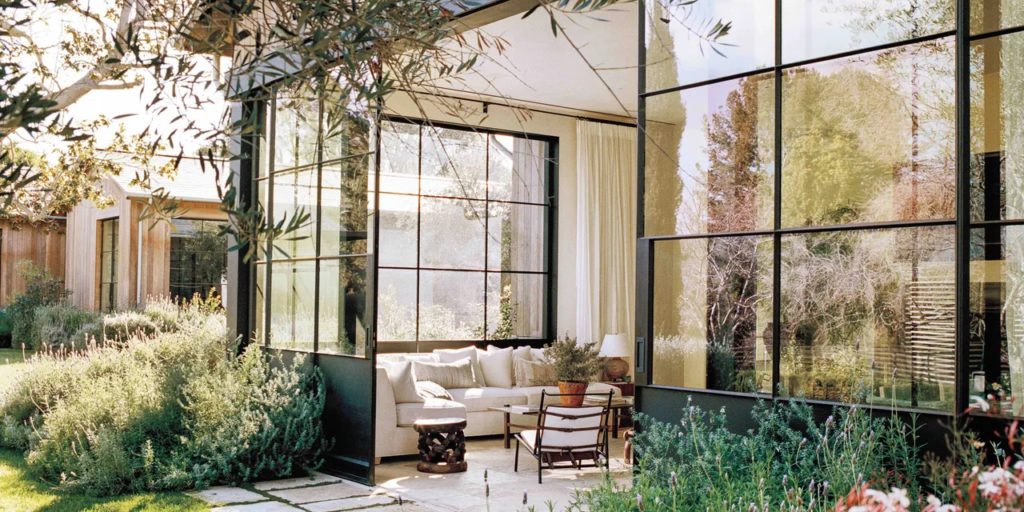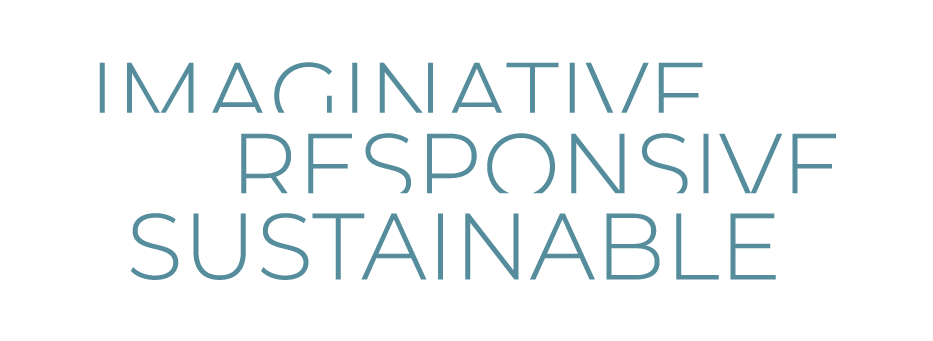From the Black Death of the 1300’s, through the bubonic plague and cholera in the 1800’s to the Spanish flu of 1918-20, to name but a few, epidemics and pandemics have always resulted in a reassessment of our lifestyles and particularly the buildings we live and work in.
Health concerns are fundamentally embodied by our built environment, from the introduction of our sewage systems leading to wider, airier streets in towns and cities, to improving hygiene facilities through wipe-clean surfaces and tiled bathrooms in public spaces like hospitals, schools, offices, hotels and airports, and of course to improved light and ventilation in our own homes.
The architect, Le Corbusier, was one of the founders of modernist architecture in the 20’s and 30’s. His open plan, light and airy interiors are clearly informed by the sanatoriums of the time and demonstrate an almost fanatical zeal in the introduction of bathrooms and personal hygiene facilities at a time when these were still relatively novel additions.
So what will Covid-19 bring to the future of architecture?
Before the pandemic, medical research was shifting towards an understanding of the importance of certain microbes to our health and the need to create a built environment which exposes us to microbial diversity. Yet our increased use of antibiotics, preoccupation with hygiene and concern with bacteria, coupled with increasingly indoor lifestyles, has, over time, reduced our exposure to beneficial environmental microbes. There is a move (led by Richard Beckett of the Bartlett, UCL) towards design that incorporates good bacteria which can limit the spread of harmful microbes in buildings whilst supporting our own immune systems.
Ventilation within buildings and access to fresh air, remains a fundamental element of good building design. For the well-being of those living in dense housing, nursing homes and shelters, or working in crowded factories or similar workplaces, the pandemic is likely to further an emphasis on adequate internal space and access to safe outdoor spaces.
With 80% of infectious diseases transmitted through contact with contaminated surfaces, there will be a concern with the design of shared spaces in particular: entrances, bathrooms, stairwells, lifts and so forth, perhaps leading to hands-free ‘pathways’. Flexible office spaces, hot-desking and working from home is likely to continue, leading us to re-evaluating our home/office environments. Our homes may need to become more flexible, with the ability to transform certain areas for different uses throughout the day. Improved acoustics to enable quiet work areas within busy family homes, indoor-outdoor space, giving access to fresh air in all weathers and improved ingress of daylight, will all be concerns going forward, for the architect of the future.

